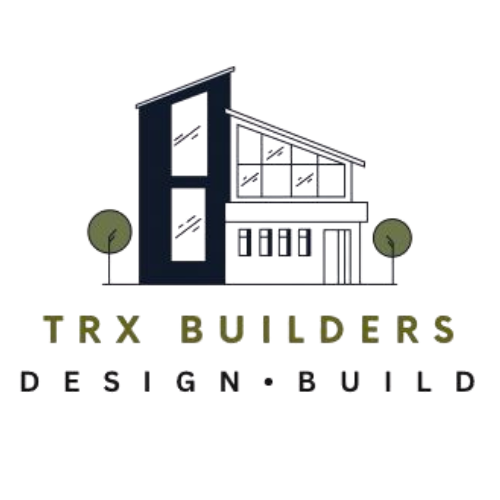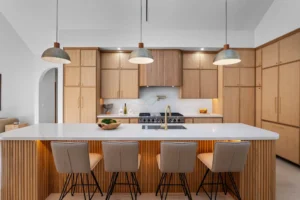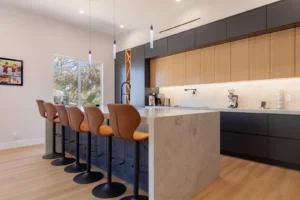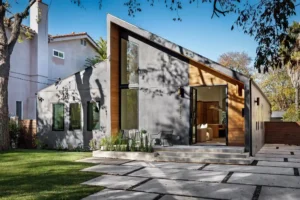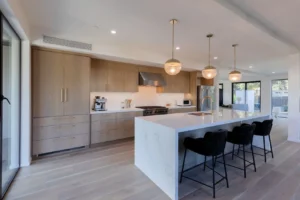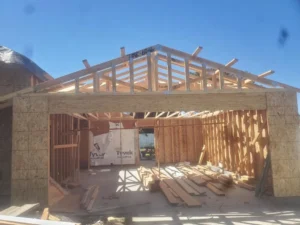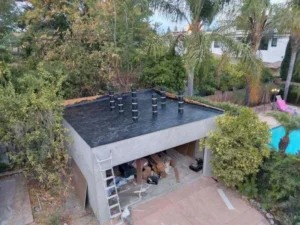When it comes to creating the perfect outdoor living space, two terms you’ll hear often are “hardscape” and “landscape.” While these terms are frequently used in discussions about home and garden design, many people don’t quite understand what each one means—or the distinct roles they play in your overall outdoor space.
Whether you’re looking to revamp your backyard, add a beautiful garden, or enhance your front yard’s curb appeal, understanding the difference between hardscape and landscape is crucial. These two elements work together to create a cohesive, functional, and visually appealing outdoor area.
So, let’s dive into the differences between hardscape and landscape, and explore how you can use both to design a stunning outdoor space that fits your lifestyle and needs.
What is Hardscape?
At its core, hardscape refers to the non-living elements of your outdoor space. This includes everything that is man-made and typically made from durable materials like stone, brick, concrete, metal, or wood. Essentially, hardscape is the “hard” or solid part of your yard that creates structure and functionality.
Hardscape features are those things that provide functional and aesthetic value to your outdoor space, but unlike landscape features, they are permanent or semi-permanent additions. These elements don’t change with the seasons or require regular upkeep in the way plants do.
Some common hardscape features include:
- Patios and Decks: Whether made from wood, composite materials, stone, or brick, patios and decks serve as foundational spaces for outdoor dining, lounging, and entertaining.
- Walkways and Pathways: These include paths made from flagstone, pavers, gravel, or concrete, which help guide people through your garden or yard.
- Driveways: Often the first impression of your home, driveways can be made from asphalt, concrete, or decorative materials like cobblestone or brick.
- Retaining Walls: These walls are constructed to prevent soil erosion, create terraced levels, or define spaces within the yard. They are often built from stone, concrete, or brick.
- Fences and Gates: These boundaries add privacy and security while also enhancing the overall aesthetics of your outdoor area.
- Outdoor Kitchens and Firepits: Functional outdoor elements like kitchens, barbecues, and firepits make your outdoor space more inviting for socializing and entertainment.
- Water Features: These include fountains, ponds, waterfalls, and streams, which bring an element of tranquility and beauty to your landscape.
Hardscaping is crucial for creating the framework of your outdoor space. It sets the tone for how the rest of the yard will flow and can help highlight your landscaping elements. The right hardscape features can also increase your property’s value, as they provide both aesthetic and functional improvements that potential buyers appreciate.
What is Landscape?
In contrast, landscape refers to the living, organic elements of your outdoor space. This includes plants, trees, shrubs, flowers, and grass. Landscaping is about incorporating and arranging these natural elements to create a balanced and inviting outdoor environment.
While hardscaping is about the structure and layout of your outdoor space, landscaping focuses on the softer, more natural aspects that breathe life into the area. It’s the green space that provides beauty, texture, and color to your yard.
Key landscaping elements include:
- Lawn and Grass: A well-maintained lawn can provide an open, welcoming feel to your yard, making it perfect for recreation, relaxation, or hosting gatherings.
- Trees and Shrubs: Trees provide shade and beauty, while shrubs can offer structure, privacy, and seasonal interest. Whether evergreen or deciduous, trees and shrubs help define and beautify the space.
- Flowers and Plants: From seasonal blooms to perennials and ornamental grasses, flowers and plants add color, texture, and fragrance to your landscape. They create a dynamic environment that changes with the seasons.
- Gardens: Whether it’s a vegetable garden, a herb garden, or a flower garden, these cultivated areas add beauty and purpose to your yard.
- Ground Cover: Ground cover plants like ivy, moss, and ornamental grasses can be used to fill in gaps or prevent erosion while also enhancing the visual appeal of the space.
- Mulch and Soil: Mulch not only improves the appearance of the garden beds, but it also helps retain moisture in the soil, control weeds, and regulate soil temperature.
Landscaping is key to making your yard feel like a living space. It softens the rigid lines of hardscape elements and connects your outdoor area to the natural environment. Landscaping also requires ongoing care and maintenance, such as watering, pruning, and fertilizing, to keep it looking vibrant and healthy.
How Hardscape and Landscape Work Together
While hardscape and landscape are distinct concepts, they work in harmony to create a well-rounded, functional outdoor space. Think of hardscape as the bones of your yard and landscape as the flesh that brings it to life. Each complements the other to create a balanced, inviting, and usable outdoor area.
For example:
- Contrast and Balance: The solid, structured feel of hardscape elements, like a stone patio or retaining wall, contrasts beautifully with the organic, flowing nature of landscaping. The green foliage of plants softens the harshness of hardscaping, while the hardscaping adds structure to the free-form nature of landscaping.
- Functional Spaces: Hardscape features like paths, patios, and firepits create functional spaces where you can relax, entertain, and socialize. Landscaping, in turn, enhances these spaces by adding greenery, flowers, and shade to make them comfortable and aesthetically pleasing.
- Cohesion: A well-designed landscape incorporates both hardscape and landscape elements seamlessly, ensuring they work together rather than competing for attention. For example, a garden with stone walkways, an outdoor kitchen with surrounding plants, or a water feature with decorative stone can all create a cohesive and balanced look.
How to Design with Both Hardscape and Landscape
When designing your outdoor space, it’s essential to strike the right balance between hardscape and landscape. Here are a few design tips to get you started:
- Plan for Functionality First: Consider how you want to use your outdoor space. Are you creating a place to entertain guests, a private retreat, or a functional area for kids to play? The layout of your hardscaping should support these activities, with landscaping complementing the overall aesthetic.
- Use Hardscape to Define Spaces: Hardscape elements, like walls, paths, and decks, help create clear, defined areas within your yard. Use them to separate outdoor living spaces, garden areas, or water features.
- Select Complementary Plants: Choose plants that work well with the materials you’ve selected for your hardscape. For example, if you have a stone retaining wall, consider planting creeping vines or soft shrubs that will complement the natural stone texture.
- Consider Seasonal Appeal: Choose landscaping that will thrive in the seasons you enjoy spending the most time outdoors. If you love fall colors, plant trees and shrubs that turn vibrant red, orange, or yellow in autumn. For year-round appeal, consider evergreens or hardy plants that maintain their color in winter.
Creating the Perfect Balance of Hardscape and Landscape
Creating a well-designed outdoor space requires balancing both hardscape and landscape elements. Hardscape features provide structure, functionality, and durability, while landscape elements add beauty, color, and life to the space. By thoughtfully combining both, you can create an outdoor area that is not only aesthetically pleasing but also functional and enjoyable for years to come.
At TRX Builders, we specialize in designing and building both hardscape and landscape features that enhance your outdoor living space. Whether you’re looking for a new patio, garden, retaining wall, or a complete outdoor transformation, our team is here to help bring your vision to life. Contact us today to get started!
